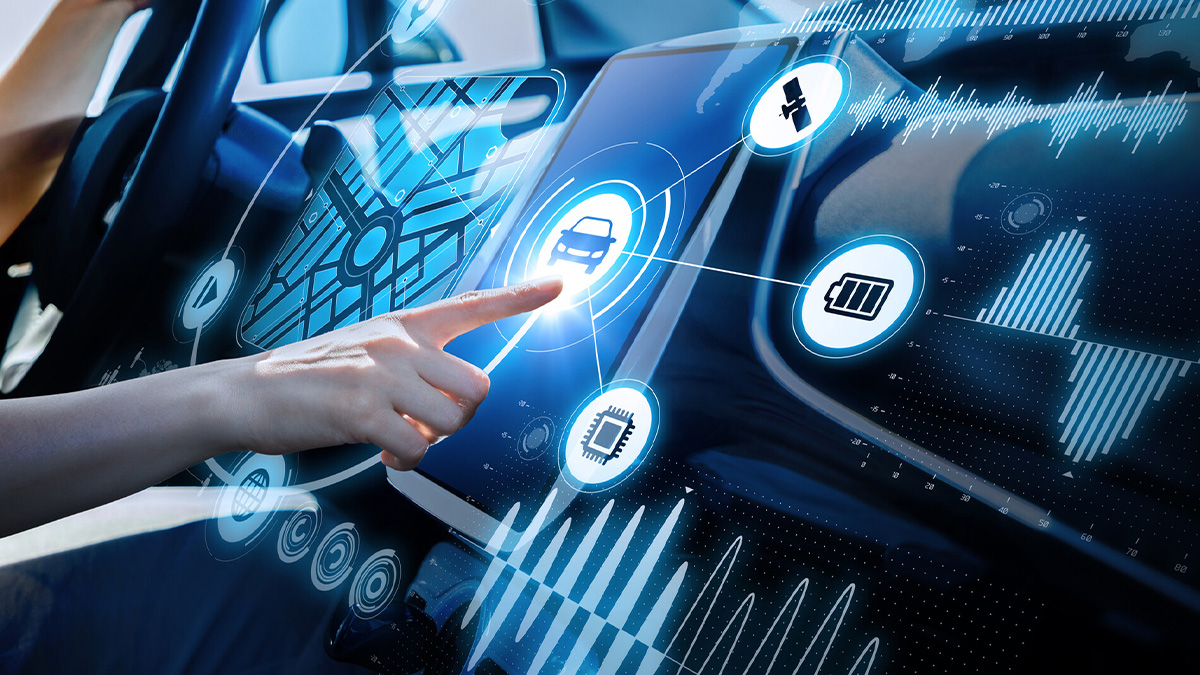In the quest for a sustainable and eco-friendly future, the automotive industry is witnessing a profound transformation with the emergence of New Energy Vehicles. New Energy Vehicles, commonly known as NEVs, encompass a wide range of vehicles powered by alternative energy sources or a combination of traditional and renewable energy technologies. The implementation of sustainable manufacturing practices and collaboration among stakeholders presents challenges for NEV development as well as great potential for market growth.
Different Types of NEVs
NEVs encompass a diverse range of vehicle types that utilize alternative energy sources or combine traditional and renewable energy technologies. Each type offers unique advantages and challenges.
Hybrid Electric Vehicles (HEVs)
HEVs utilize a combination of an internal combustion engine and an electric motor powered by a small battery pack. The electric motor assists the engine during acceleration and low-speed driving. The primary methods for recharging the battery in HEVs are regenerative braking, which captures kinetic energy during braking and converts it into electrical energy, and the use of the engine's excess energy during certain driving conditions. HEVs offer flexibility by operating in electric mode for shorter distances and switching to hybrid mode for longer trips, providing increased fuel efficiency and reduced emissions.
Plug-in Hybrid Electric Vehicles (PHEVs)
PHEVs combine an internal combustion engine with an electric motor and a rechargeable battery pack. Plug-in Hybrid Electric Vehicles (PHEVs) offer several advantages over Hybrid Electric Vehicles (HEVs), primarily due to their ability to operate in all-electric mode for extended distances. PHEVs have larger battery packs compared to HEVs, allowing them to travel longer distances solely on electric power. This feature is beneficial for daily commutes and short trips.
Because PHEVs can run on electric power alone for a significant portion of their trips, they consume less gasoline compared to HEVs. By operating in all-electric mode, PHEVs produce zero emissions during those periods, helping improve air quality, especially in densely populated areas. PHEVs can be charged using a standard electrical outlet or a dedicated charging station. This flexibility allows owners to recharge their vehicles at home, work, or public charging stations, providing convenience and reducing reliance on gasoline.
Battery Electric Vehicles (BEVs)
Battery electric vehicles are fully electric, relying solely on rechargeable batteries for propulsion. They do not have an internal combustion engine, which means they produce zero emissions. As a result, they are ideal for urban commuting and short-distance travel.
Advantages of BEVs over PHEVs
Zero Emissions: BEVs produce zero emissions since they run entirely on electricity, making them environmentally friendly and contributing to cleaner air quality.
Lower Operating Costs: BEVs have lower operating costs compared to PHEVs because electricity is generally cheaper than gasoline, and BEVs require less maintenance due to fewer moving parts (e.g., no oil changes, fewer brake replacements).
Simplified Powertrain: BEVs have a simpler powertrain since they don't have an internal combustion engine or the associated components found in PHEVs, leading to potentially higher reliability.
Quieter Operation: BEVs operate more quietly than PHEVs since they lack an engine and only use electric motors for propulsion.
Disadvantages of BEVs compared to PHEVs
Limited Range: BEVs typically have a limited driving range compared to PHEVs. While range is improving with advancements in battery technology, BEV drivers may need to plan for longer trips and consider charging infrastructure availability.
Longer Charging Time: BEVs generally take longer to recharge compared to refueling a PHEV with gasoline. Charging times can vary depending on the charging infrastructure, battery capacity, and charging speed.
Charging Infrastructure: The availability of charging stations, especially fast-charging stations, can be limited in some areas, which may inconvenience BEV drivers during long trips or when charging away from home.
Upfront Cost: BEVs often have a higher upfront cost compared to similar-sized PHEVs due to the cost of battery technology. However, this cost difference is decreasing as battery prices decline and production scales up.
Hydrogen Fuel Cell Vehicles (FCVs)
Hydrogen Fuel Cell Vehicles (FCVs) use hydrogen gas as fuel and generate electricity through a chemical reaction with oxygen in fuel cells. The electricity generated powers electric motors. They produce only water vapor as emissions, making them a promising zero-emission alternative. They offer long-range capabilities, making them suitable for extended transportation applications but presently face challenges related to hydrogen infrastructure and production.
Although FCVs are not as widespread as traditional internal combustion engine vehicles or electric vehicles, they are available for personal use. Various models of hydrogen fuel cell vehicles are offered by Toyota, Hyundai, Honda, and Mercedes-Benz. However, their availability can vary depending on the country or region due to infrastructure limitations and government incentives for promoting hydrogen fuel cell technology.
Collaboration Between Automakers, Suppliers, and Governments for NEV Production
Collaboration and partnerships among automakers, suppliers, governments, and research institutions are essential for advancing NEV production and fostering industry growth. Strategies and challenges include:
Research, Development, and Technology Sharing: Collaboration in research and development, knowledge sharing, technology transfer, and best practices exchange, accelerates innovation and development of advanced NEV technologies such as battery systems, electric drivetrains, and charging infrastructure.
Supply Chain Integration: Integrated supply chains, strategic alliances, and supplier partnerships enhance supply chain resilience, promote localization, and ensure quality, reliability, and sustainability of components and materials used in NEV manufacturing.
Regulatory Support: Governments play a crucial role in providing regulatory frameworks, incentives, subsidies, tax credits, clean energy policies, and infrastructure investments to promote NEV adoption, spur market demand, and create a conducive environment for sustainable transportation solutions.
Market Growth and Potential Challenges for NEVs
The NEV market is experiencing rapid growth driven by increasing environmental awareness, government initiatives, technological advancements, and shifting consumer preferences. However, several challenges must be addressed to realize the full potential of NEVs:
Infrastructure Development: The expansion of charging infrastructure, hydrogen refueling stations, and energy storage facilities is critical to supporting widespread adoption of NEVs and addressing range anxiety among consumers.
Cost Considerations: While the cost of NEVs and their components, such as batteries, is decreasing due to economies of scale and technological advancements, affordability remains a key factor influencing consumer adoption.
Technological Barriers: Overcoming technological challenges, such as battery range limitations, charging times, hydrogen storage, and infrastructure readiness, requires continued research, investment, and collaboration across the industry.
Regulatory Framework: Harmonizing regulatory standards, emissions targets, vehicle incentives, and industry guidelines on a global scale facilitates market expansion, innovation, and competitiveness in the NEV sector.
New Energy Vehicles represent a transformative shift towards sustainable transportation solutions, driven by technological innovation, collaborative partnerships, and a shared commitment to environmental stewardship. As the NEV industry continues to evolve, address challenges, and capitalize on opportunities, it holds immense potential to power the future of mobility and contribute to a cleaner, greener planet.




.jpg)









